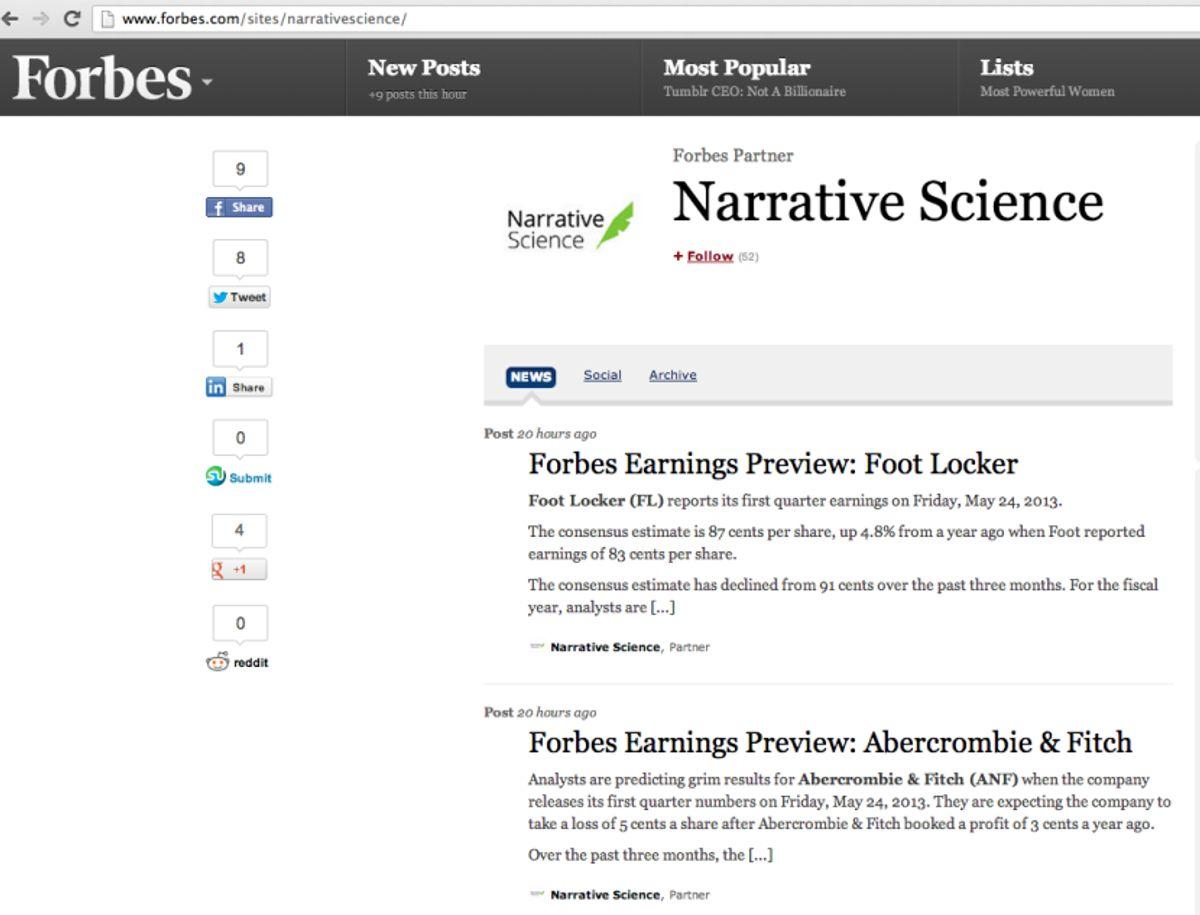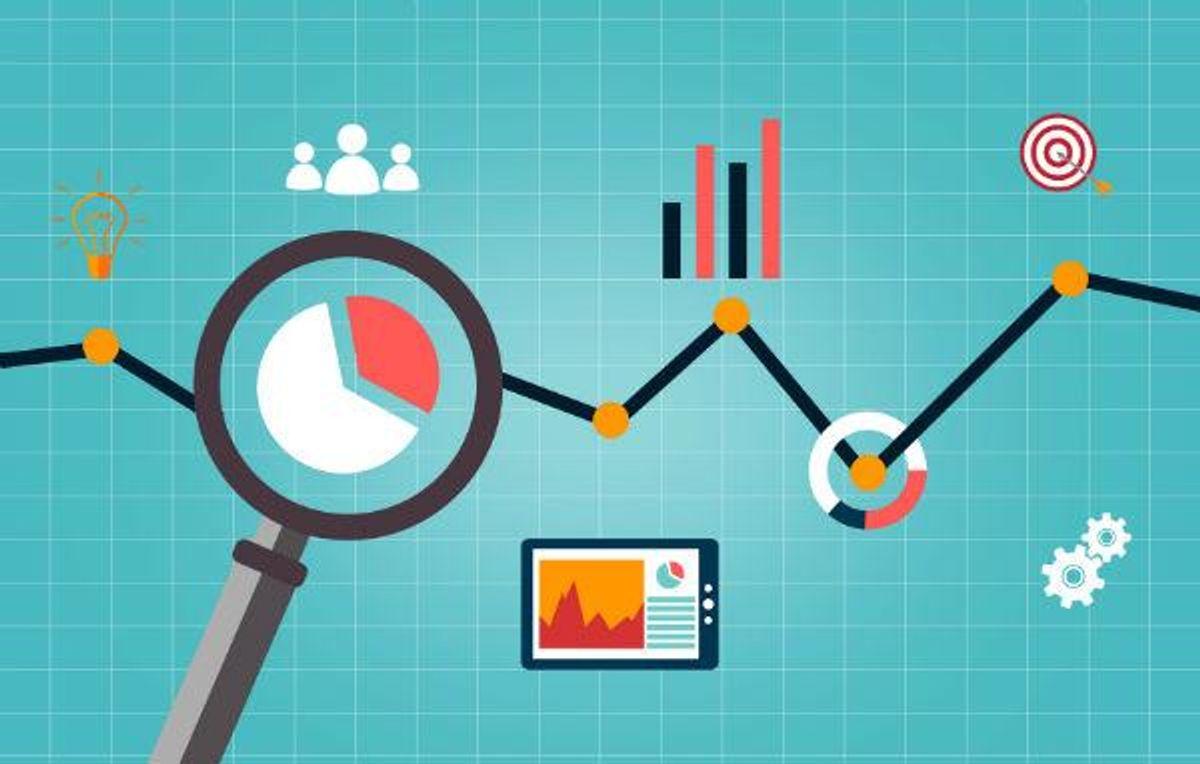Presentation analytics is a powerful tool that allows presenters to measure audience engagement with precision. By analyzing data collected during presentations, speakers can gain valuable insights into how their content is being received and how engaged their audience is. This article explores the various aspects of presentation analytics, from understanding the key metrics and tools, to techniques for enhancing engagement, adapting in real-time, and anticipating future trends.
Key Takeaways
- Understanding the right metrics and tools is crucial for effective presentation analytics.
- Engagement can be significantly boosted through interactive elements, visual aids, and feedback mechanisms.
- Future trends in presentation analytics involve the integration of AI and considerations of privacy and ethics.
Understanding Presentation Analytics

Defining Key Metrics
To effectively measure audience engagement, you must first establish key performance indicators (KPIs). These typically include metrics like attention span, interaction rates, and satisfaction levels. For instance, you might track the number of questions asked during a session or the percentage of attendees who participate in polls.
Tools for Data Collection
Leverage advanced tools such as Google Analytics and proprietary software like Audience Insight Manager to gather comprehensive data. These tools help you capture real-time engagement metrics and audience demographics, essential for tailoring your presentation strategies.
Interpreting Data
Once you have collected the data, the next step is to interpret it to derive actionable insights. Use statistical tools and software to analyze the data. Look for patterns and trends that indicate how different segments of your audience are responding. This analysis will help you refine your presentation techniques to better suit your audience's preferences.
Techniques to Boost Engagement

Interactive Elements
Incorporate interactive quizzes, live polls, and real-time Q&A sessions to keep your audience actively involved. Use platforms like Kahoot or Poll Everywhere to facilitate these interactions seamlessly. This approach not only makes the presentation more engaging but also provides immediate feedback on audience understanding and interest.
Visual Aids
Utilize high-quality visuals such as infographics, charts, and slides to clarify complex information and maintain audience attention. Tools like PowerPoint, Prezi, and Canva can help you design compelling visual aids that are both informative and aesthetically pleasing. Remember, a well-placed visual can significantly enhance comprehension and retention.
Feedback Mechanisms
Implement post-presentation surveys and feedback forms using tools like SurveyMonkey or Google Forms. This allows you to gather valuable insights about the effectiveness of your presentation and areas for improvement. Analyze this data to tailor future presentations to better meet the needs of your audience, making each session more impactful than the last.
Real-Time Analytics and Adaptation

Monitoring Tools
To effectively gauge audience engagement in real-time, you should utilize advanced monitoring tools like Google Analytics for Presentations or SlideStats. These tools provide you with immediate feedback on viewer interactions, such as time spent on each slide and click-through rates. Track these metrics diligently to understand how your audience is connecting with your content.
Adjusting on the Fly
When you notice engagement dropping, it's crucial to adapt your presentation on the fly. Implement interactive features such as live polls or quizzes to re-engage your audience. This approach not only spikes interest but also tailors the presentation to audience preferences, ensuring a more personalized experience.
Case Studies
Reviewing case studies of successful real-time adaptations can provide valuable insights. For instance, a study might show how a presenter used audience feedback to shift the focus of their presentation, leading to increased engagement and satisfaction. These examples can serve as a blueprint for your strategies in maintaining audience interest.
Future Trends in Presentation Analytics

Predictive Analytics
Predictive analytics in presentation tools is set to revolutionize how you prepare and adjust your presentations. By analyzing past audience engagement data, systems like IBM Watson and Google Analytics can forecast audience reactions, helping you tailor your content more effectively. Expect predictive models to become a staple in presentation design, enhancing how well you anticipate audience needs and questions.
Integration with AI
AI integration is transforming presentation analytics by automating data collection and analysis. Tools like Microsoft Power BI and Tableau now use AI to provide real-time insights into audience engagement. This allows you to focus more on content delivery rather than data handling. AI-driven tools also offer suggestions for improving your presentation based on engagement metrics, making your preparation process more efficient.
Privacy and Ethics
As presentation analytics tools become more sophisticated, concerns about privacy and ethics surface. It's crucial to ensure that data collection complies with global privacy laws like GDPR and CCPA. Here are key considerations:
- Ensure transparency in how audience data is collected and used.
- Obtain explicit consent before collecting data.
- Implement robust security measures to protect audience data.
Emphasizing ethical practices in data handling not only protects your audience but also builds trust, enhancing overall engagement.
Conclusion
In summary, harnessing presentation analytics to measure audience engagement with precision offers a transformative approach for presenters and organizations alike. By leveraging advanced tools and techniques to analyze audience reactions, speakers can refine their delivery and content to better meet the needs and interests of their audience. This strategic application of data not only enhances the effectiveness of presentations but also drives a deeper connection with the audience, ultimately leading to more successful and impactful communication.
Frequently Asked Questions
What are the key metrics for measuring audience engagement in presentations?
Key metrics include attention span, interaction rates, feedback scores, and audience retention rates.
How can real-time analytics improve presentation effectiveness?
Real-time analytics allow presenters to adjust their delivery based on audience engagement and feedback, ensuring the content remains relevant and engaging throughout.
What are the ethical considerations in using presentation analytics?
Ethical considerations include ensuring data privacy, obtaining consent for data collection, and transparently communicating how the data will be used.
